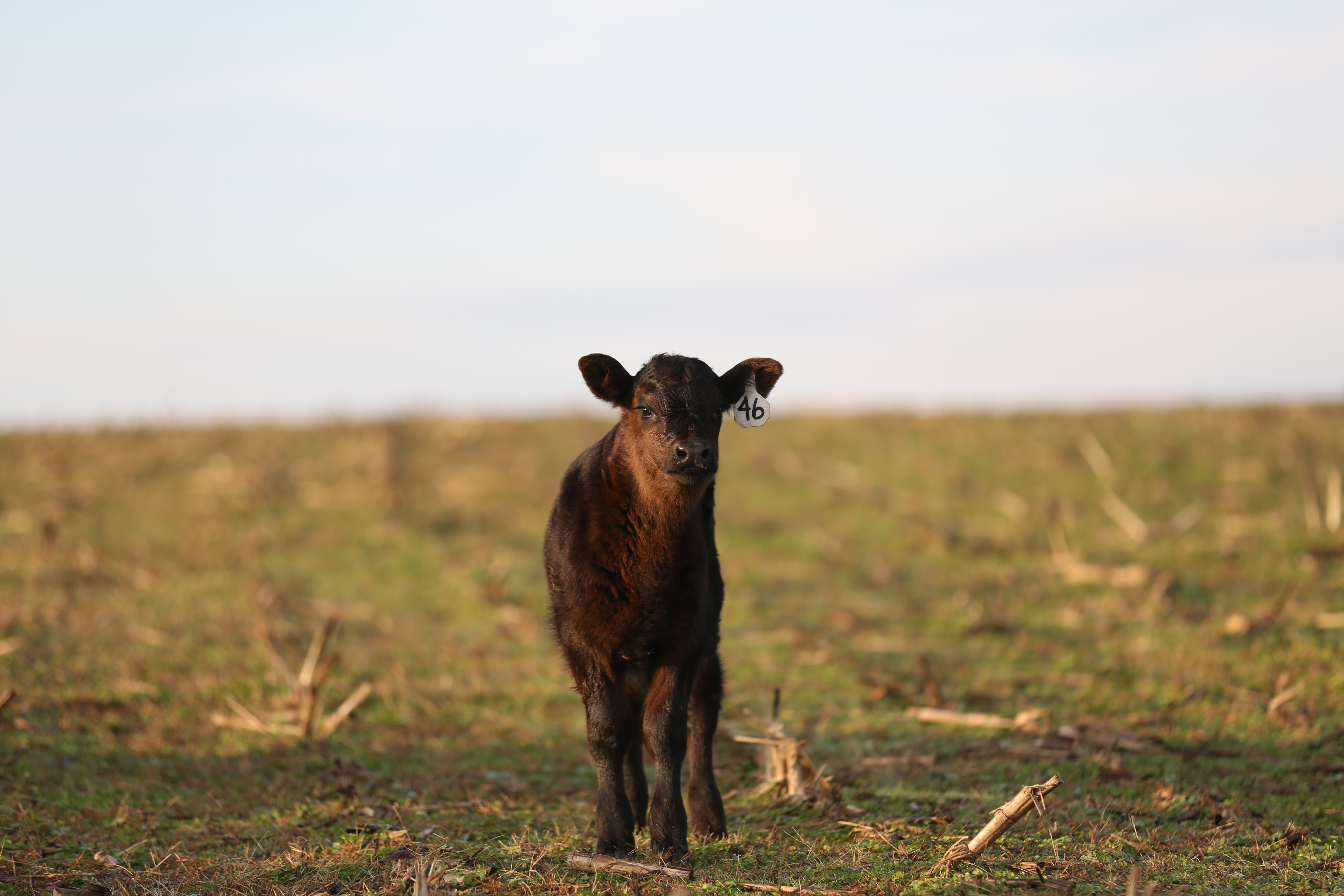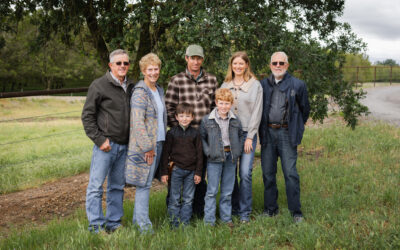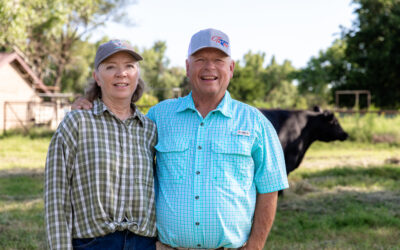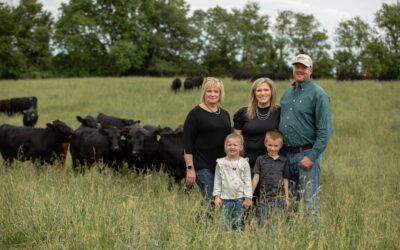Better beef on the horizon
The sun was just peeking over the hills surrounding Hardyville, Ky., when I drove right past Jay McCoy’s ranch. My GPS told me I had arrived, but I knew there was no way his was the place surrounded by Holstein cattle.
On the hunt for pastures that told me I had arrived at a commercial cattle ranch, I found nothing and begrudgingly turned my car around and up the driveway towards the Holsteins, wondering exactly what I was about to find.
Jay quickly set my heart at ease.
“We run a dairy backgrounding operation too, but let me tell you about my real passion — the cow herd.”
You can hear it in his voice, the way he cares about his 150 Angus-cross commercial cows. From the backseat of the pickup, his mother and business partner, Sharon, tells me all he’s ever wanted to do is work with cattle.
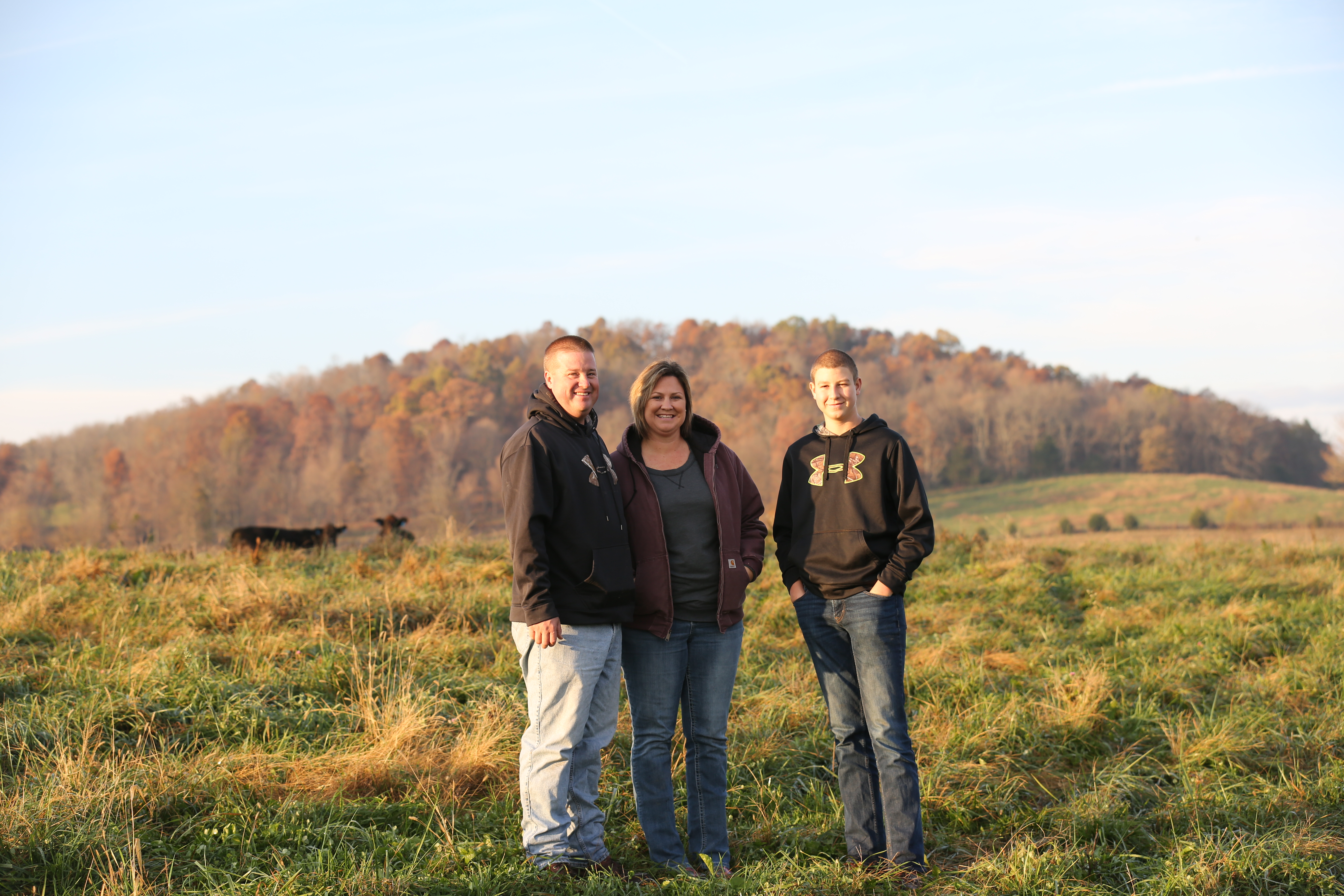
“This is what I want to do everyday,” he says gesturing to the beef cows grazing in the pasture. “Keep breeding black cows that will grow our numbers and perform here on the ranch and beyond.”
In 2002, when the mother and son duo purchased the land they run cattle on today, their herd consisted of just 20 cows. Since then, they’ve focused on consistently investing in the best Angus genetics they can afford to make progress toward their goals.
“The end consumer is always on our mind because, ultimately, that is the determining factor whether we survive or fail,” Jay says. “We want to produce the very best animal we can that works both for the farm and the restaurant.”
It’s something he and his seedstock supplier, James Coffey, agree on.
“We focus on adding value all the way through the production chain, beginning with genetic selection and ending with the Certified Angus Beef® brand,” James says.
Typically, Jay would raise his calves to 800 pounds and then send them on to the local salebarn, but this year, he’s doing things differently. Partnering with James, Jay sent his spring 2017 calf crop to Pratt Feeders in Kansas.
He wants to know if what he’s doing on the ranch is really working, “to get the information back and understand how they are really performing.”
He didn’t mind my asking him to show me around the ranch at sunrise so we could capture optimal lighting for photos and, even with the early hour, excitedly shared what’s on the horizon for his herd.
“This will be the ultimate test, getting some of our carcass data back,” Jay tells me. His goal is to use the data to get a better picture of how his cattle perform after leaving his ranch – something he can’t get at the local sale barn.
He doesn’t know exactly what the data will tell him, but he knows it will help him make decisions that result in higher quality beef.
Until next time,
Nicole
You may also like
Legacy in the Golden Land
On a quiet stretch of Northern California rangeland, a different story unfolds. The Borror family’s legacy modestly speaks through the cattle they raise, the ground they steward. The generations who’ve made a life here demonstrate commitment to doing things right, even when no one is watching.
Helping Hands, Helping Herds
“When I die, I want to come back as one of your cows,” murmurs a friend to Steve Zybach. Full to the brim from an alfalfa ration every day, bountiful fields of lovegrass stretched out across the Texas Panhandle—and owners who leave no ounce of cattle care up for question. The Zybachs’ motivation for this level of dedication to their Angus cattle is simply love.
An Ambassador for All
Joanie, with daughter Lindsey and her husband, Adam Hall, raise registered Angus cattle with two primary goals: producing high-quality seedstock that perform well in a wide variety of environments and ensuring end-user satisfaction. Those goals tie everything together, from promoting Angus to other producers to sharing their story with CAB partners and beef consumers.

